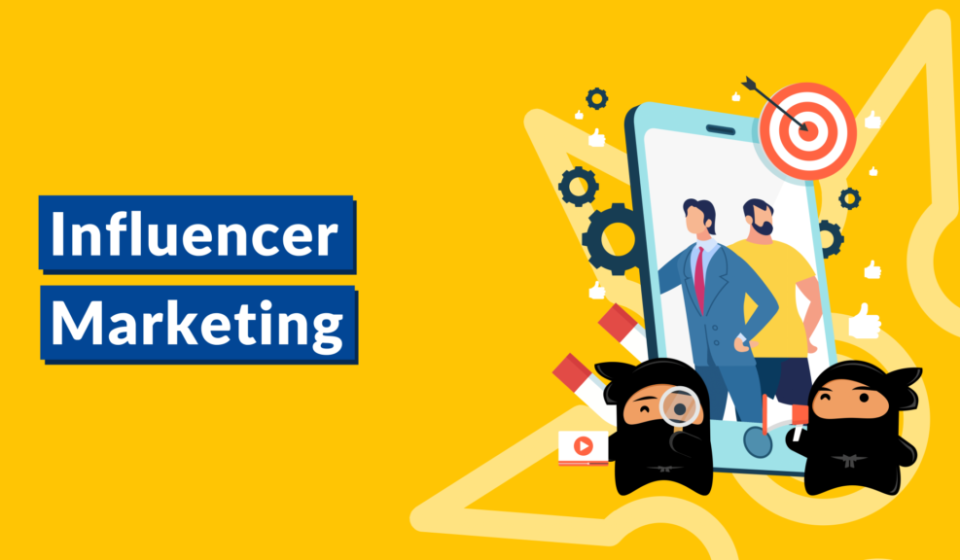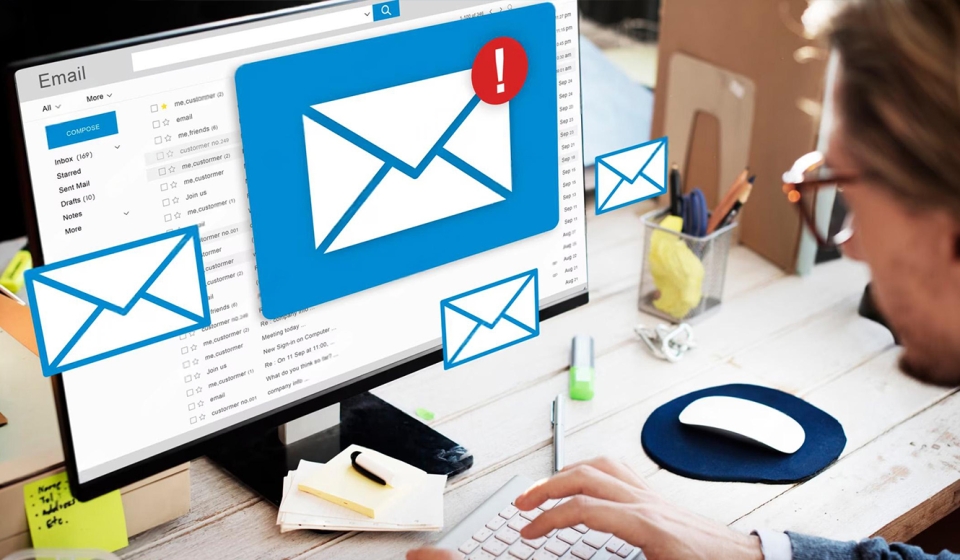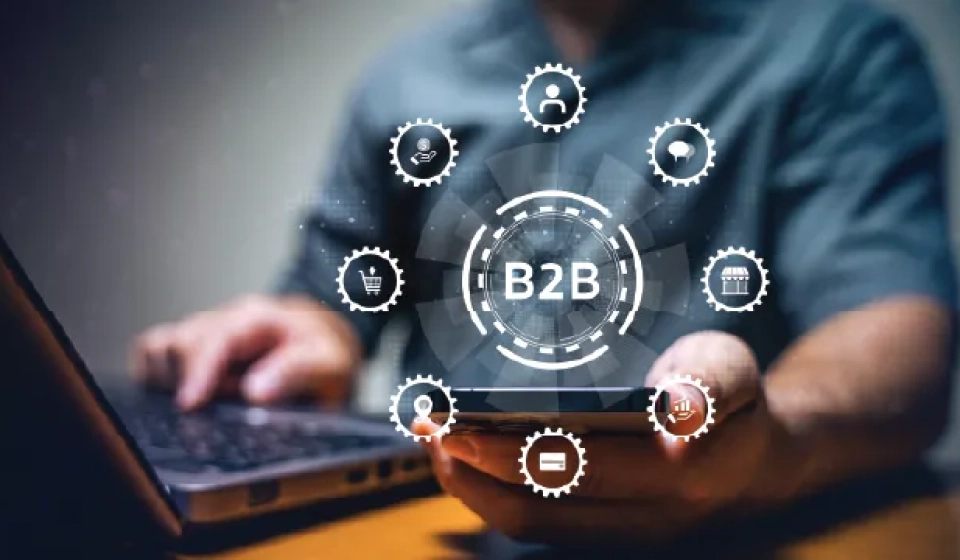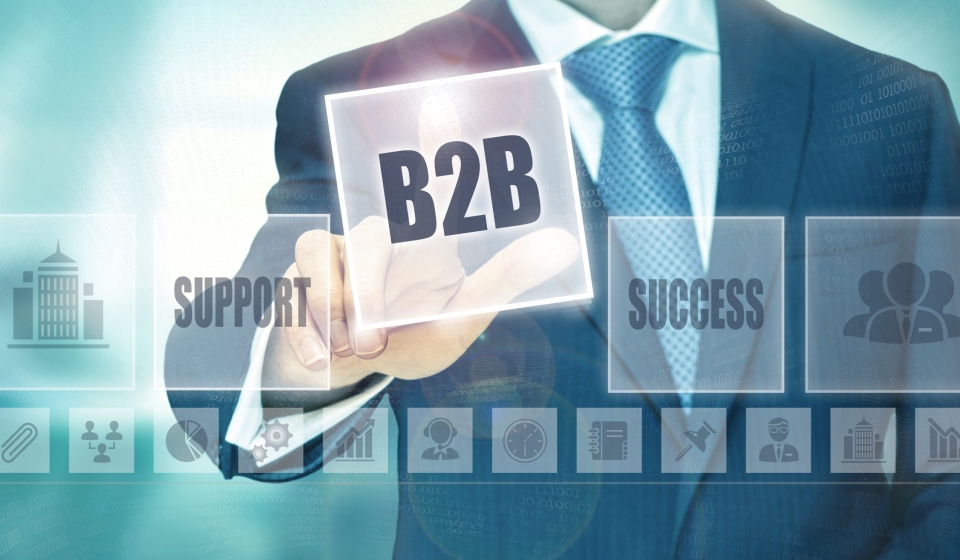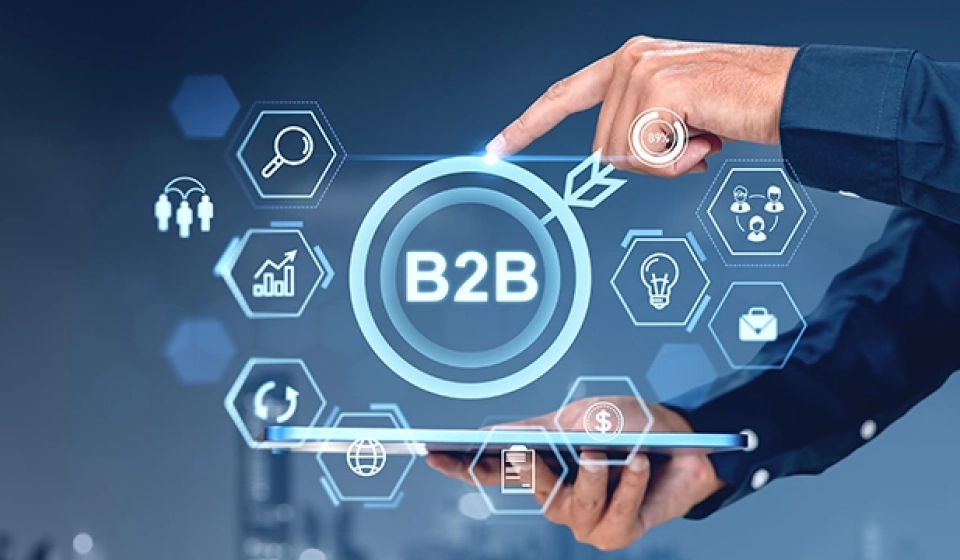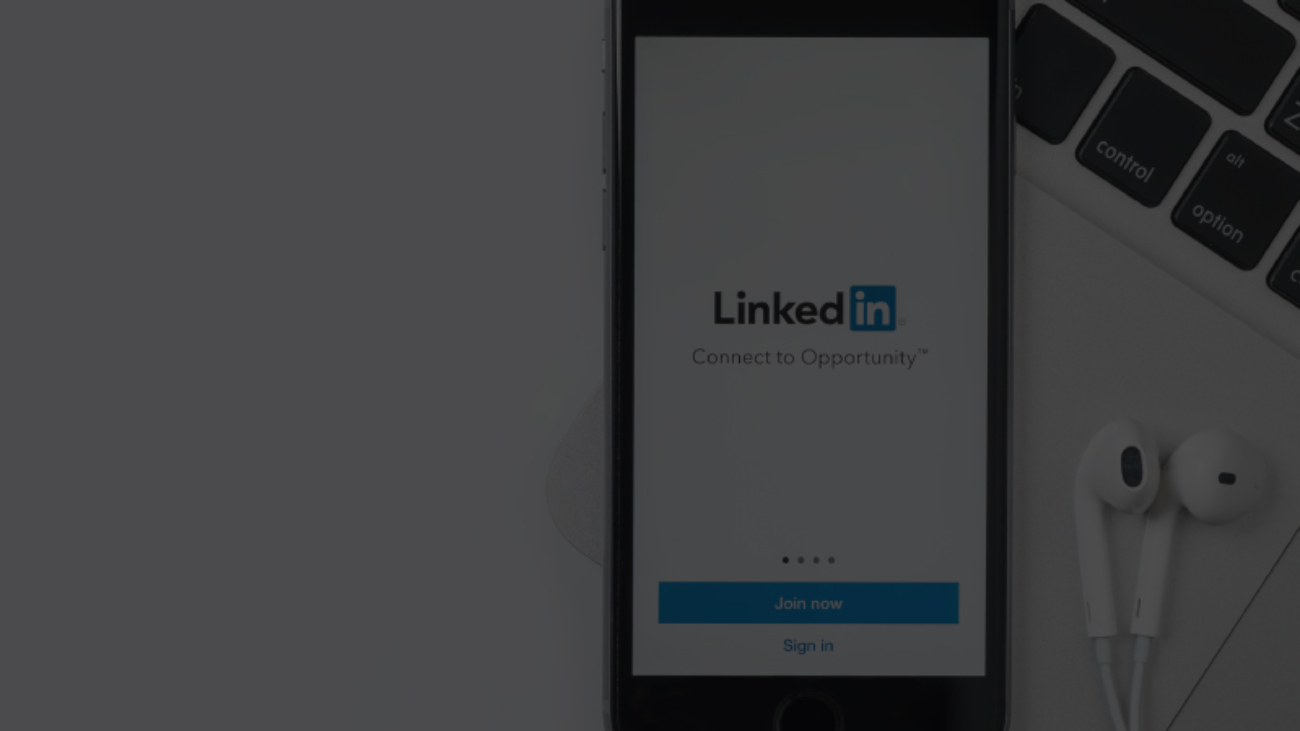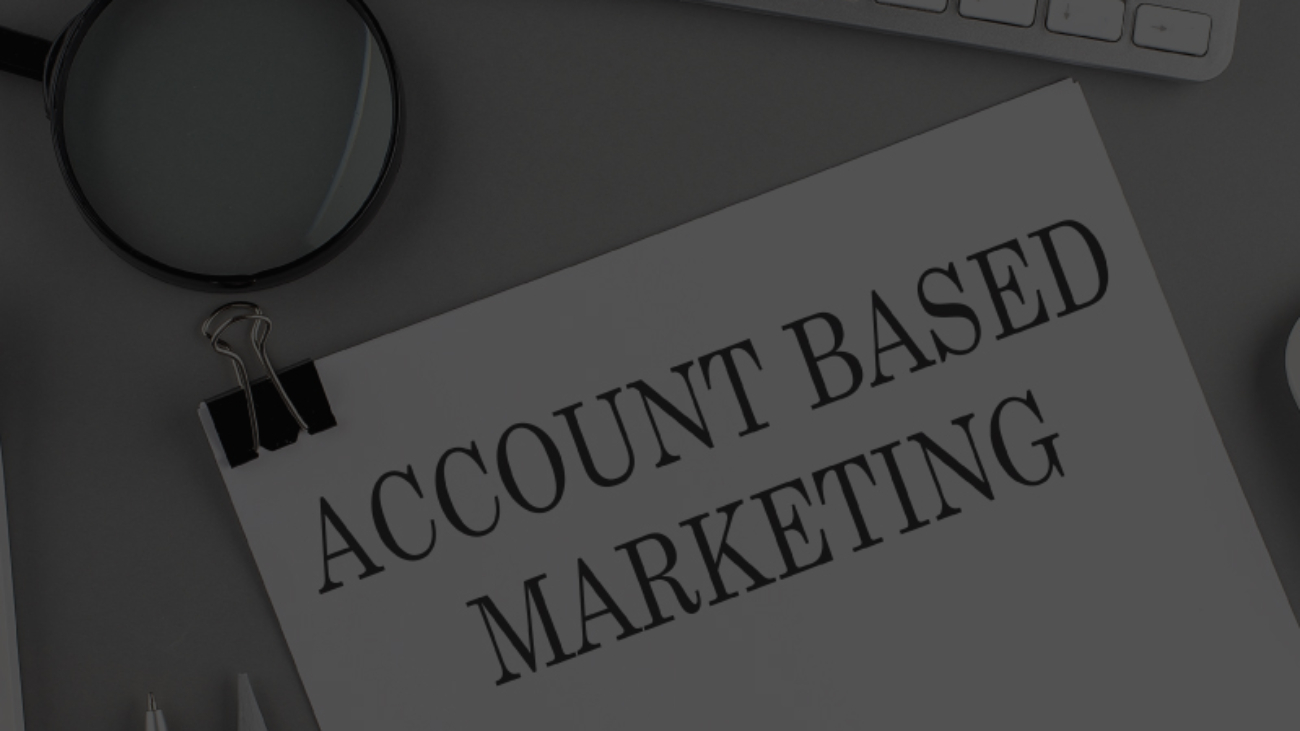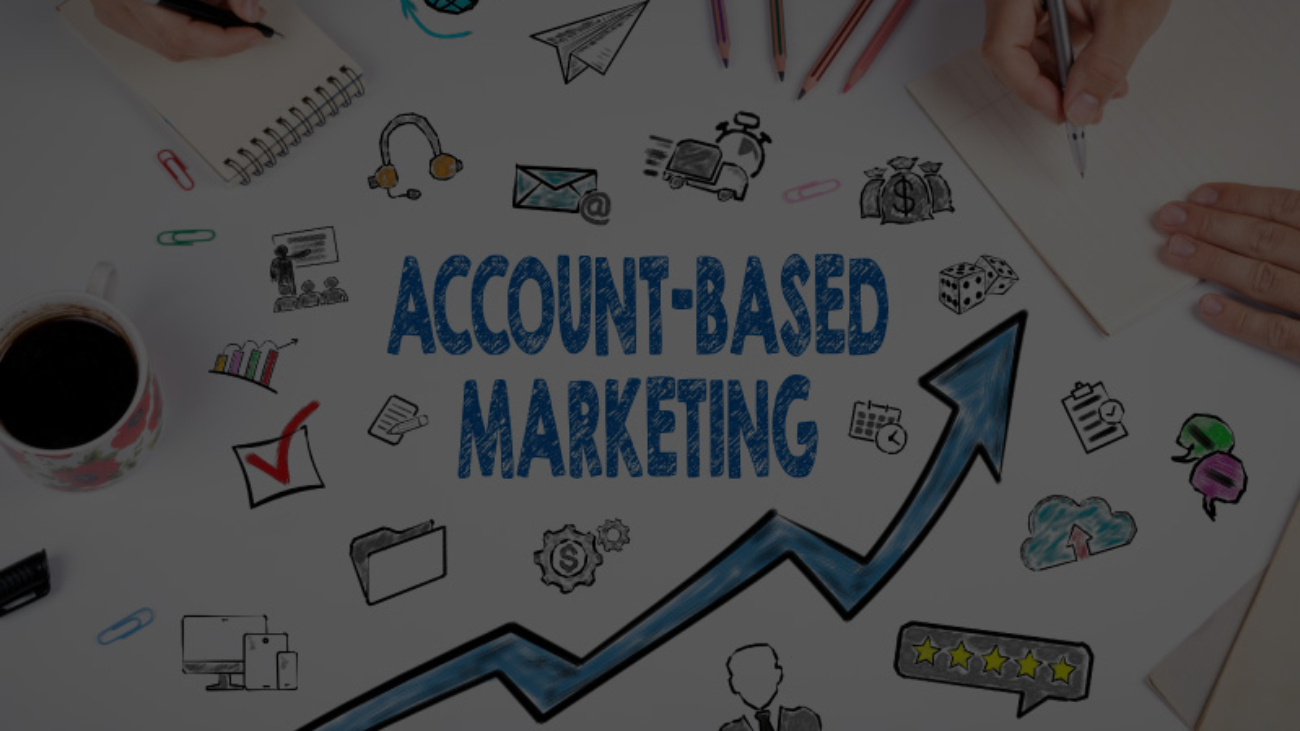Successful business growth needs effective lead generation in B2B marketing. Lead generation is the backbone of business growth. Attracting, nurturing, and converting potential customers into valuable leads require a well-designed lead generation funnel. However, careful planning, strategic thinking, and a deep understanding of the target audience can only build an effective B2B lead generation funnel. Read on to understand how to create an efficient B2B lead generation funnel that drives high-quality and consistent leads.
Define Your Target Audience:
Defining the target audience is the first and most crucial step in building a lead gen funnel. Businesses must identify the ideal customers’ pain points, characteristics, and needs. It will help companies to customize the content, marketing messages, and lead nurturing strategies to resonate with the target audience efficiently.
Create Compelling Content:
The foundation of a successful B2B lead generation funnel is content. Develop relevant, high-quality content that solves the target audience’s pain points. This content can take various forms, including whitepapers, videos, blog posts, case studies, infographics, and webinars. Businesses can become thought leaders and build trust with the targeted audience by offering informative and valuable content.
Optimize Landing Pages and Forms:
Businesses need well-optimized forms and landing pages to capture leads effectively. Brands must ensure landing pages are easy to navigate, visually appealing, and have clear and concise messaging. It also should align with the needs of the target audience. The forms must be simple to fill out. It should ask for necessary information without overwhelming the user. Businesses can consider using lead magnets, such as free trials and e-books, to incentivize visitors to provide their details.
Implement Lead Capture and Management Systems:
It is crucial to have a robust management and lead capture funnel system in place to manage the leads efficiently. Businesses can utilize marketing automation platforms or customer relationship management (CRM) software to track and nurture leads. These leads allow brands to automate follow-up emails, track lead engagement and conversions, and segment the leads.
Nurture Leads with Email Marketing:
Email marketing is vital in nurturing leads and guiding them through the funnel. Brands should develop personalized and targeted email campaigns that address pain points, provide valuable content, and showcase the benefits of the products or services. Employ marketing automation to trigger emails based on specific milestones or actions reached by the leads. An excellent email nurturing campaign can noticeably increase lead-to-customer conversion rates.
Incorporate Lead Scoring and Qualification:
Lead qualification and scoring assist businesses focus and prioritizing leads that are sure to convert. Based on their interactions, assign scores to leads with the website, content, and emails. Define critical criteria that direct a lead’s readiness to purchase, including company size, job title, or engagement level. Businesses can efficiently assign resources and concentrate on the most favorable opportunities by qualifying and scoring leads.
Continuously Optimize and Test:
Building an effective lead gen funnel is an ongoing process that needs continuous optimization and testing. Examine the funnel’s performance at each stage, from landing page conversions to lead-to-customer conversion rates. Use A/B testing to test with different funnel elements, such as CTAs, headlines, or email subject lines. Analyze and Measure the data to recognize areas for upgrading and make data-driven conclusions.
Summing Up:
Building an effective B2B lead gen funnel is an iterative and strategic process that needs a profound understanding of the target audience and a commitment to ongoing optimization. By creating valuable content, defining the target audience, optimizing landing pages and forms, nurturing leads with email marketing, implementing lead capture and management systems, incorporating lead scoring and qualification, and continuously testing and optimizing, businesses can create a robust and efficient funnel that drives reliable and high-quality leads. Success in B2B lead generation comes from aligning the strategies with the pain points and needs of the audience and adapting to their changing preferences. Brands can fuel business growth and achieve sustainable success with a well-crafted B2B lead generation Funnel.
Contact OnDot Media, a trusted B2B lead generation partner, if your company needs B2B lead generation assistance.

